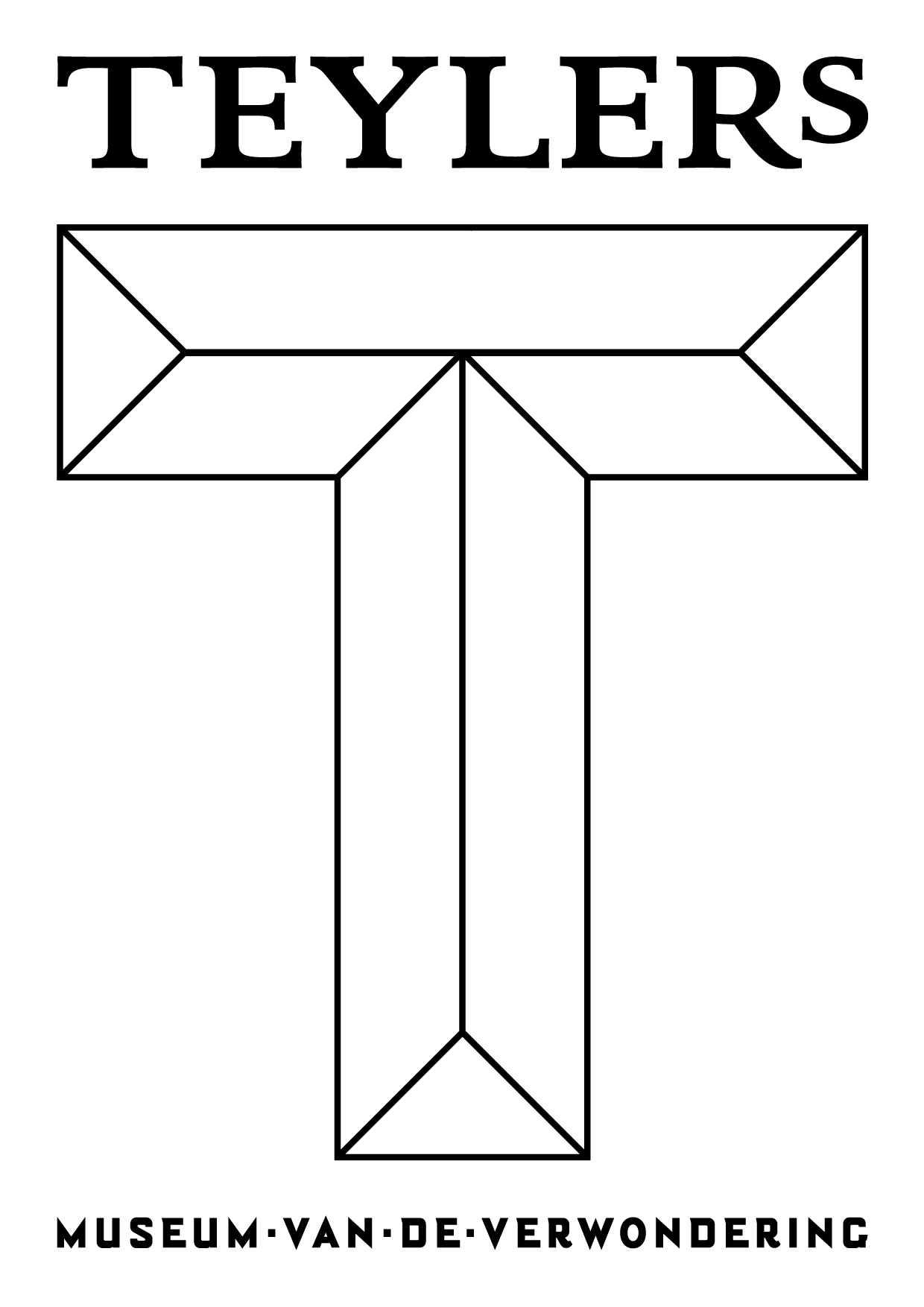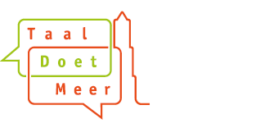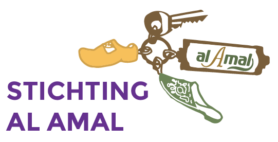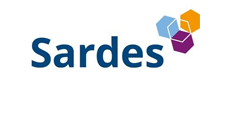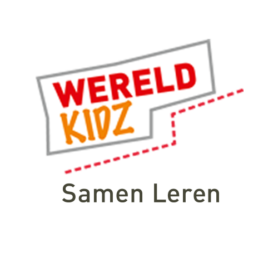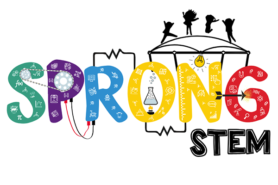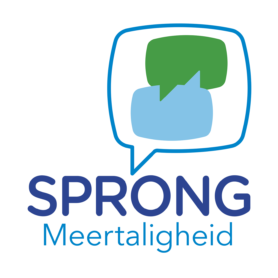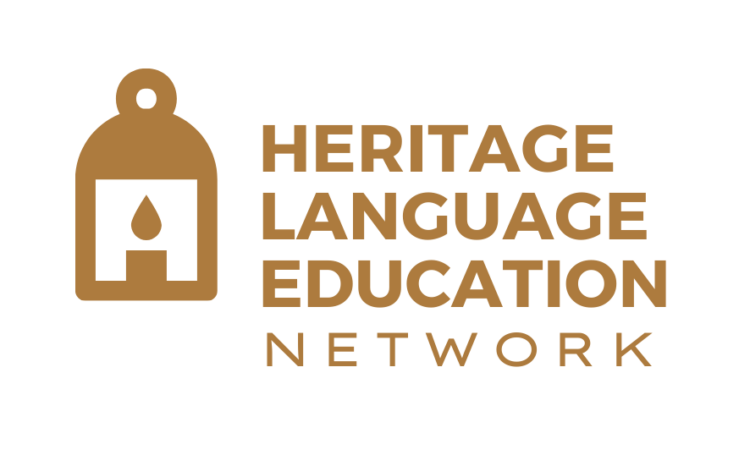Multilingualism and Children’s Book Week
“Ik ben lekker eigen-wij-ij-ij-ij-ijs!” echoes through the school hallways. Enthusiastically, the students sing and dance to the new Dutch Children’s Book Week song. Although they don’t fully understand the lyrics—since it’s a school for newcomers—they find it a delightful song. Afterward, everyone settles down, and Diego, Isabel’s father, comes to read aloud. Teacher Rens sits beside him. Together, they read the multilingual book “Onno” about the only red fish in a blue family. Diego reads in Spanish, while the teacher reads in Dutch. The story is relatable, about a fish that is different from the other fish in its family. Just like these newcomer children, who speak different languages and come from cultures different from the Dutch-speaking children. Isabel beams with pride as her father and the teacher read.
“All of Onno’s family are blue—‘azul’ in Spanish, right?” says Teacher Rens, glancing at Isabel and her father. “How do you say ‘blue’ in your language?” “Siniy!” exclaims Oksana in Ukrainian. “We say ‘mavi’ in Turkish,” Kaan shares. “Bleue, ‘azraq, abi,” translate students in French, Arabic, and Persian. A conversation follows about how different the words sound.
“Onno is red. How do you say red in your language?” Rens continues. “Rojo, rouge, kirmizi, gharmaz, ‘ahmar, chervonyy!” echoes through the classroom. Again, so different! French and Spanish seem somewhat similar, but the rest!
Spontaneously, Teacher Rens grabs a large sheet of paper. He sticks on a blue and a red piece of paper and asks all the children who can to write “red” and “blue” in their language. “Those are my letters!” Ahmed exclaims proudly as he looks at the Arabic words.
Shirin from Iran names yellow, orange, and green in Persian. Rens adds more colored papers to the sheet, and together the class manages to write almost all the translations on the paper. Diego helps with the Spanish since Isabel hasn’t yet learned to read and write in Spanish.

When school ends, Rens takes the large sheet with the colored papers outside. He speaks to a few parents: “Could you write the names of the colors in your language here? Oksana and Shirin weren’t quite sure if they wrote them correctly, and I only speak and write Dutch and English! By the way, do you have time this week to read aloud in your language? I have a really nice multilingual book ready. Today, Isabel’s father read in Spanish, and it was so much fun!
And so, Children’s Book Week suddenly becomes an opportunity to appreciate multilingualism, utilize parents’ knowledge, and promote reading books in any language. Want to do more with the students’ languages, even if you don’t speak them? Here are a few tips for a good start:
- See the children as experts: empower them by asking them to share information in their home language.
- Invite parents to read aloud in their own language and to verify translations.
- Add multilingual and foreign-language books to the school library.
Hanneke Baart | PhD researcher, Translanguaging & Digital Tools
Currently, this blog is only available in English and Dutch. To read it in another language we recommend using the translation tool DeepL.com.


